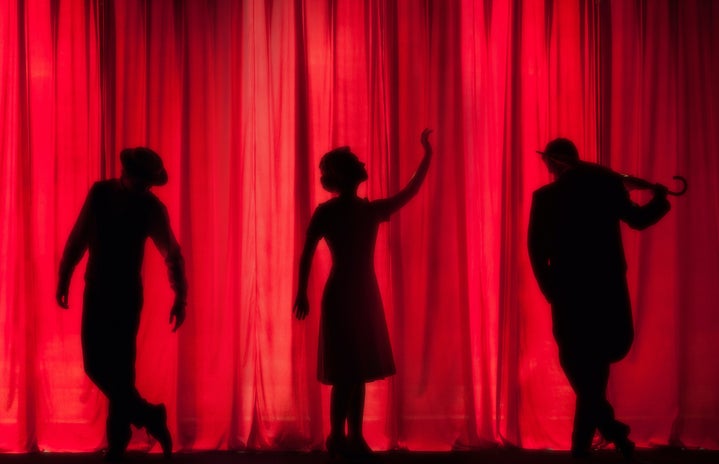Born in May 20th, 1921, in Campos dos Goytacazes – Rio de Janeiro, Brazil – Mercedes Baptista was the daughter of João Baptista and Maria Ignacia da Silva. It didn’t take too long until she moved with her mother to the capital of the state, and started working at a very young age to help her family. The most significant job that she had was at the movies. That was the first time she realized what art really was, and that she wanted to be a part of it.
Mercedes then decided to become a dancer, and started taking lessons from Eros Volúsia, a prestigious dance professional, in 1945. Three years later, in 1948, Mercedes got into the ballet group of the Municipal Theater of Rio de Janeiro, a very important Brazilian dance company, being the first black ballerina to ever do so.
That was definitely a win to the black community, although she was overlooked numerous times due to the racism inside the organization. In the documentary “Balé de Pé no Chão”, directed by Lilian Santiago, Mercedes declared that she indeed was discriminated against during her time at the Theater. Another well known ballerina from Brazil, Bethania Gomes, told the “Negra Voz” podcast a little bit about her experience dancing at the Municipal Theater: “Ballet’s aesthetic is completely white and European. Black girls are never incentivated to become great ballerinas”.
In the same episode, Ingrid Silva, probably one of the most popular Brazilian ballerinas nowadays, said: “Brazil doesn’t see black women as classical ballerinas, so when you get into this level, it seems like you are Pelé, and it shouldn’t be this way”. Until this day, the Municipal Theater of Rio de Janeiro never had a black “prima ballerina”, which is the highest level a ballerina could get in a company.
Life and Career
In the 1950s, Baptista won a scholarship in the United States and was ministered by Katherine Dunham, an American dancer who created the Dunham Technique. Returning to Brazil, inspired by what she had discovered while gone, Mercedes started to investigate her own culture, and get information from brazilian religions such as candomblé, which is heavily influenced by afro-brazilian culture, with lots of movement, rhythms and music. That’s when “Ballet Folclórico Mercedes Baptista” first appeared in the Brazilian dance scenario. It started as a free experimental group idealized by her, but it turned out to be her main project after a while. It was a space to rescue the Brazilian culture that got silenced and whitewashed throughout the country’s 500 years.
The company opened many doors to Mercedes, and she traveled the entire world to present spectacles that she directed. Countries such as Argentina, France and the USA invited her to show and teach her work. This gave Baptista the prestige that she needed to finally be recognized in her own country. From that, in 1963, Mercedes got the opportunity to choreograph the cast of the samba school “Acadêmicos do Salgueiro” in Carnaval, a popular Brazilian festival, of that same year. Gladly, the school won the competition with the theme “Xica da Silva”, which Mercedes helped put together.
In the next decade, Mercedes introduced the course of afro-Brazilian dance in the same Municipal Theatre of Rio de Janeiro that years before wouldn’t let her express her art. Another precious moment to Brazilian black culture. Her legacy lived on for years and she is still very celebrated to this day. In 2008, Mercedes got honored by the samba school “Acadêmicos do Caulgo”, in 2009 by the “Unidos da Vila Isabel”, and the last registered tribute was in this year of 2022, by the same school that she first won at Carnaval, “Acadêmicos do Salgueiro”, being represented by Ingrid Silva, already mentioned before. Mercedes lived for 93 years, she got married and had a baby that unfortunately died only a few days after birth. She passed away on August 19th, 2014, in Copacabana, Rio de Janeiro, surrounded by friends and loved ones.
————————————————-
The article above was edited by Amanda Moraes.
Liked this type of content? Check out Her Campus Cásper Líbero home page for more!


